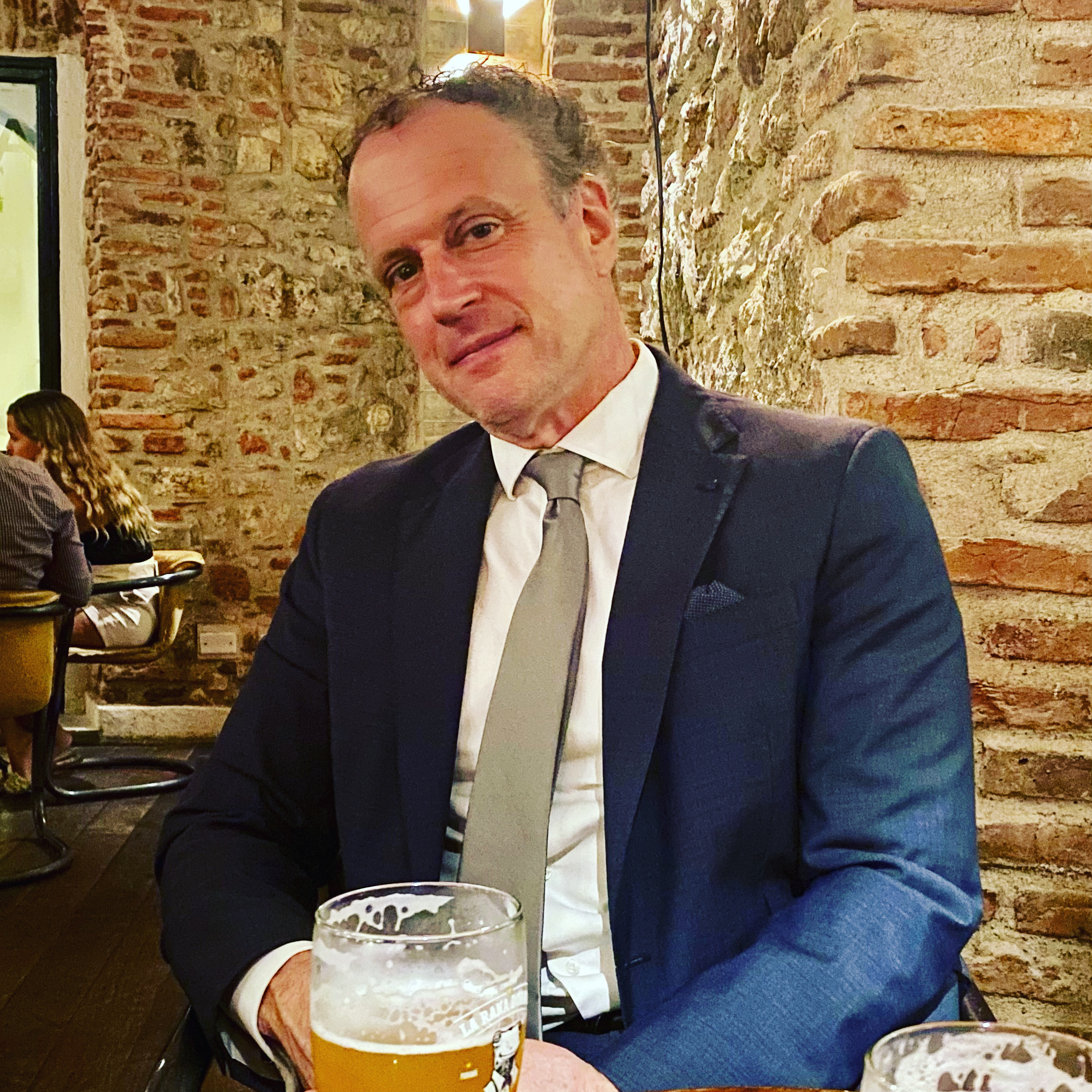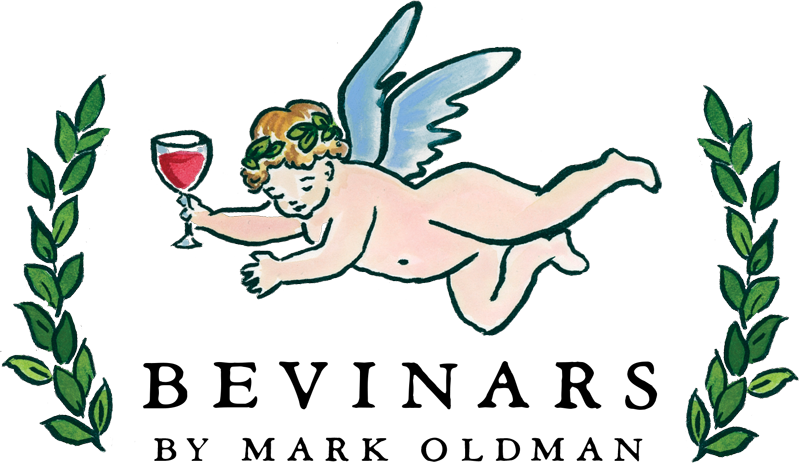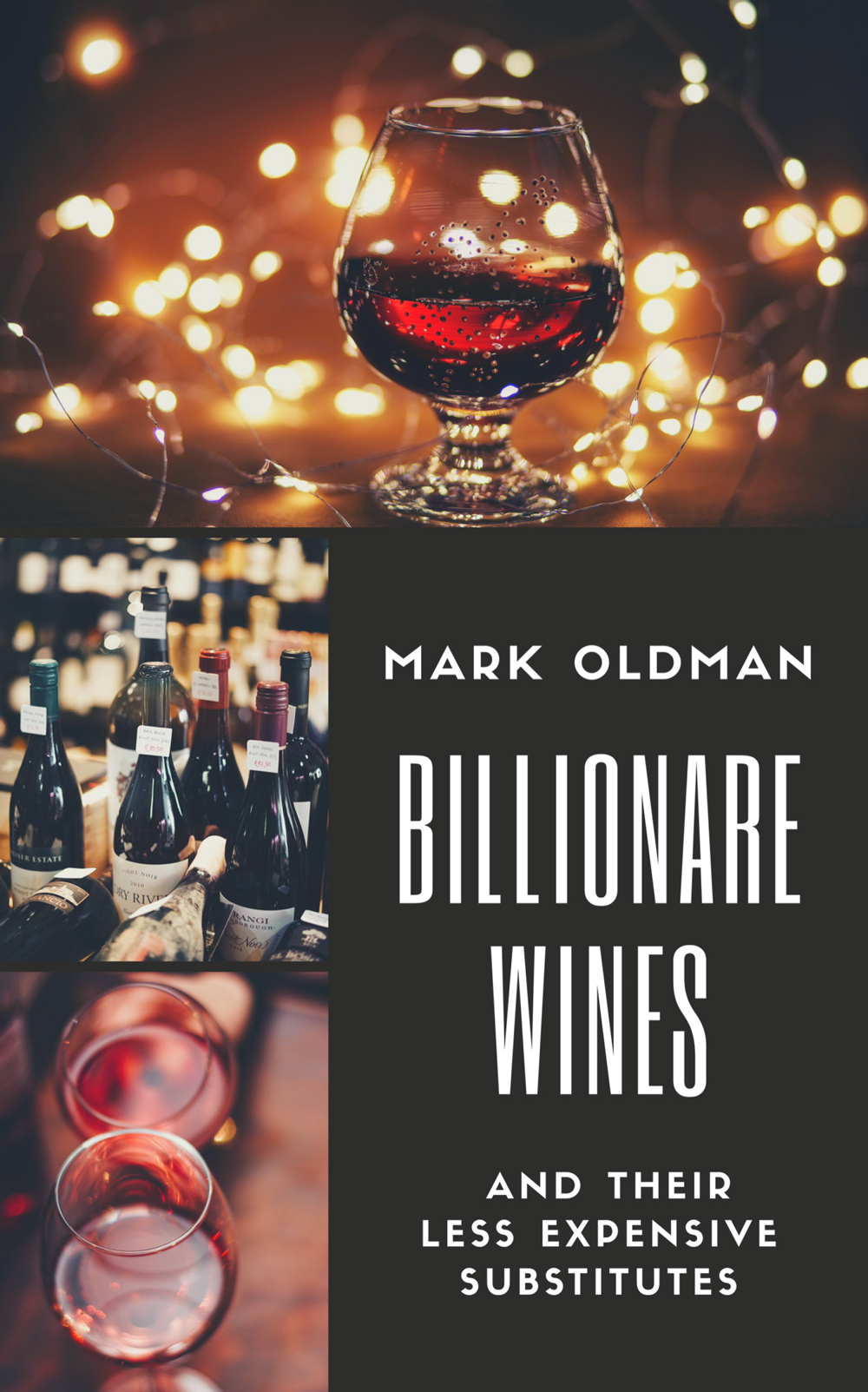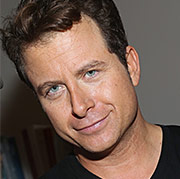The Basics of Wine Tasting
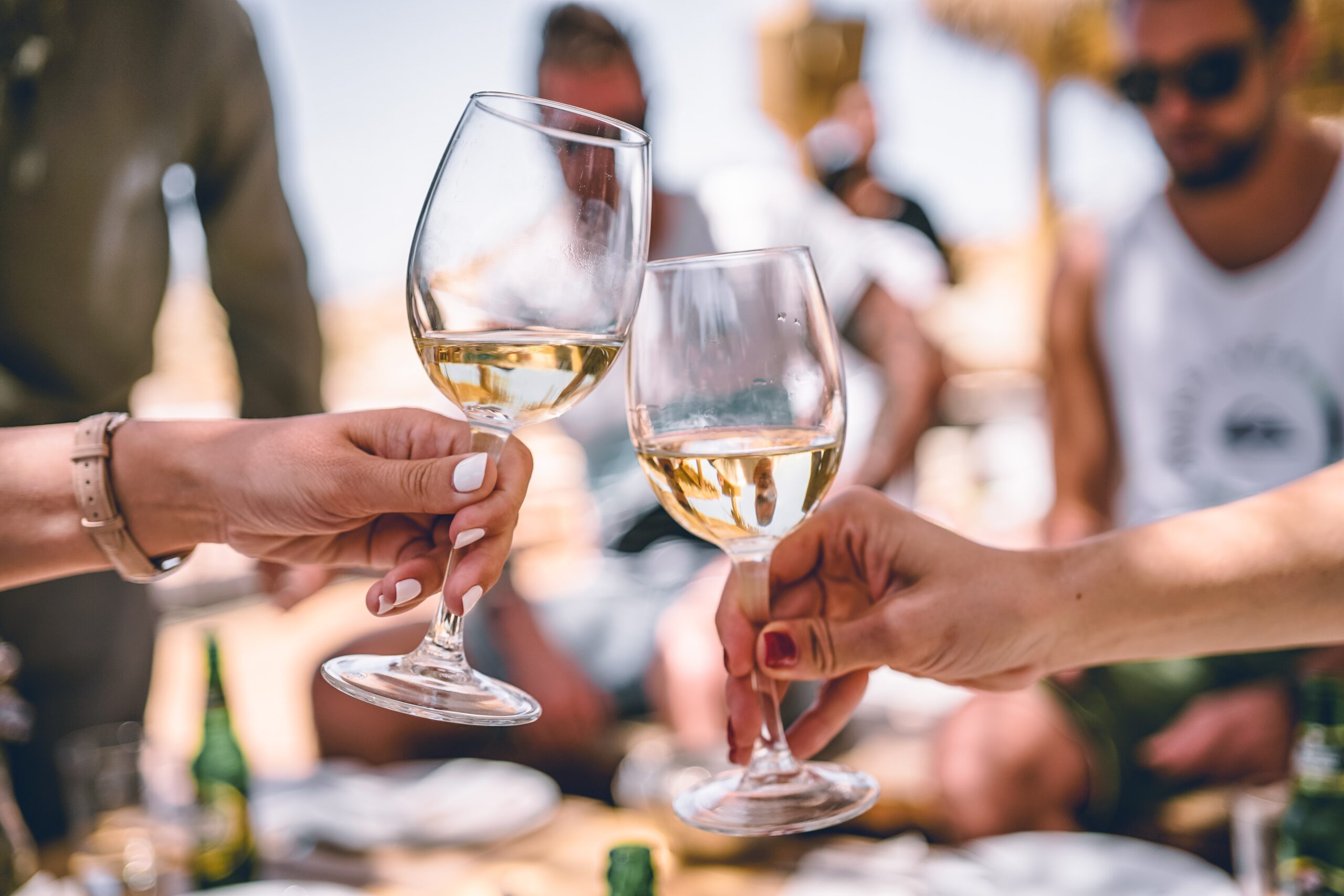
The server approaches your table, skillfully opens the bottle of wine you ordered moments ago, pours a small amount into your glass, and . . . what happens next? This basic ritual of wine tasting occurs thousands of times each day. For many, this constitutes an anxiety-driven event; everyone at the table is looking at you, as is, very attentively, the server; not only your sensory abilities and cultural savoir-faire are on the line, but so too is your basic judgment about something you may know little about, wine quality and how to taste, completing the ritual.
In a restaurant, the point of wine tasting is to determine if the wine has faults resulting from the winemaking and storage, not to judge whether you like it. At other times, like visiting a wine store, during a winery tour, or among a group of friends, wine tasting delves more into the wine’s inherent qualities: its color, translucency, aromas, flavors, structure, sweetness, and tannins. To help remove any anxiety over your wine tasting skills, let’s review some of the basics.
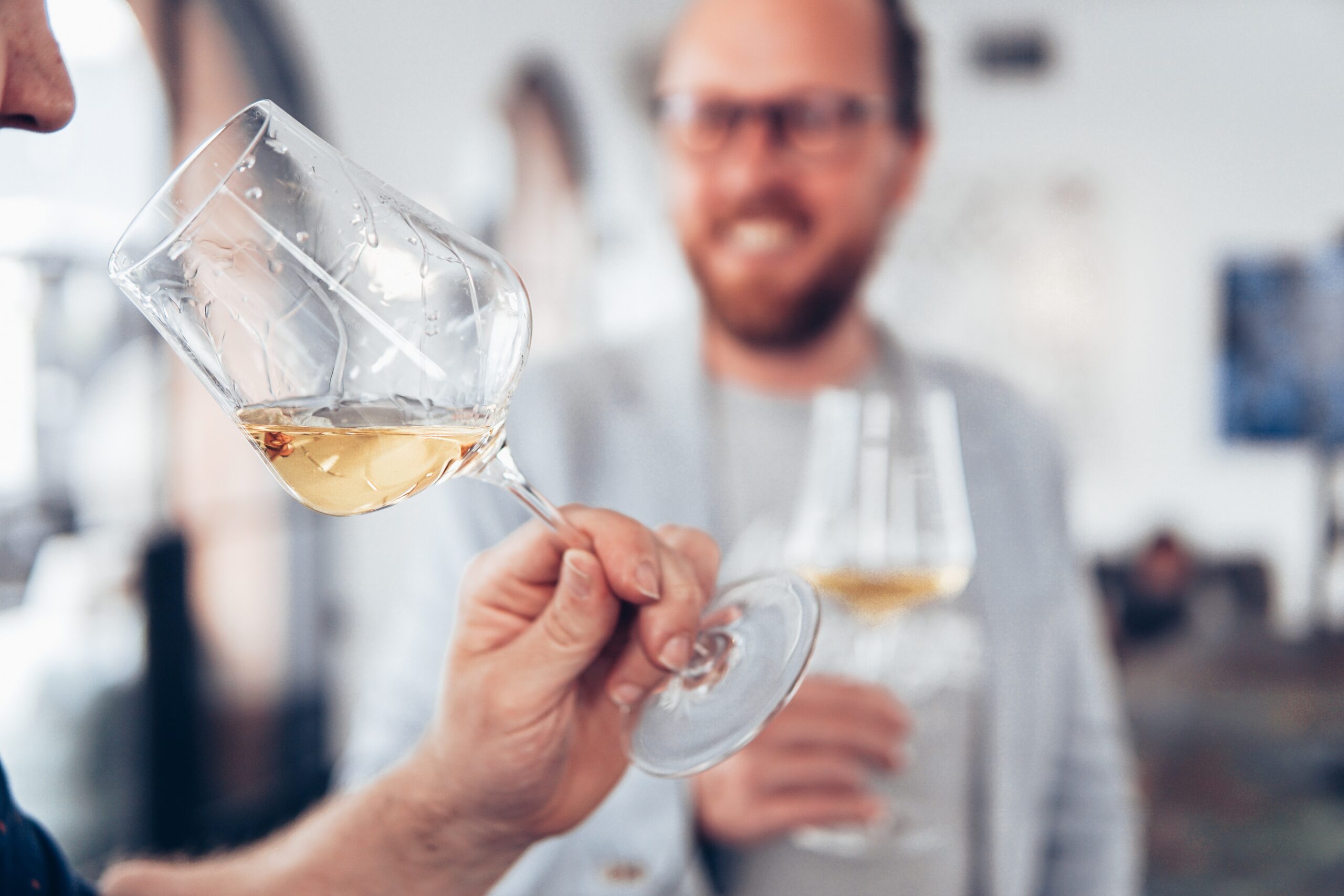
Wine Tasting in a Restaurant
Although the restaurant wine tasting has a single purpose—to determine the presence of faults—the accepted basic procedure is the same as in other contexts. Unless you say otherwise, the person who ordered the wine will be the one to taste it for approval. One should rapidly glance at the glass, observing the color, swirl the wine in the glass, smell it, then taste and swallow. Faults can include any hint of vinegar, cork taint, oxidation, and several other flavors and aromas that shouldn’t be there and that represent problems in how the wine was made or stored.
These days, most wines will present no faults because winemaking quality has improved vastly worldwide. If you detect one or more faults, then you can safely reject the wine and ask for another bottle. Again, “I don’t like this” does not count as a reason to reject a wine you have ordered; it must be imperfect in a technical sense. The server should accept your judgment and take the wine away, never charging you for it. Enjoy the ritual (and the wine)! Remember, it’s all part of the “theater” of dining out.
A Short History of Wine Tasting
How did we arrive at this ritual: 1. Observe 2. Swirl 3. Smell 4. Taste? It wasn’t always so. Modern wine tasting evolved over thousands of years usually linked to the same purpose involved at the restaurant: has the wine gone bad? It was a simple assessment. In the eighteenth century, wine producers and merchants began blending wines to produce a desired profile or alcohol level. They thus had to taste different wines to know how they would mix together.
In the nineteenth century, consumers too started tasting wine to determine if they liked it and wanted to make a purchase, which in those days could be a big expense. Wine was routinely sold in barrels. A Frenchman named Guyot developed the four-part sequence of wine tasting, and around 1860 he wrote an influential book on the subject that spread worldwide. Wine knowledge, including tasting skill, became part of the cultural know-how of the rising middle class. In addition, the sommelier profession developed: wine experts whose job centered around properly storing, serving, and tasting wine for others.
Today, not everyone agrees with all aspects of the standard ritual. A recent trend in France, “geo-sensorial” tasting, for instance, emphasizes an easier way to link a wine’s overall impression with its distinct origin (that’s the “geo” part of the term), placing less emphasis on color and aromas. It’s all about the wine in the mouth, straight away. Others have criticized the standard vocabulary used in wine tasting, with its emphasis on flavors and aromas of fruits, flowers, pastries, and rocks, which may not be known to everyone. So don’t fret over the ritual or vocabulary. The point is to have fun and enjoy the wine, which can be enhanced the more you know about it. That involves thoughtful tasting and remembering your impressions.
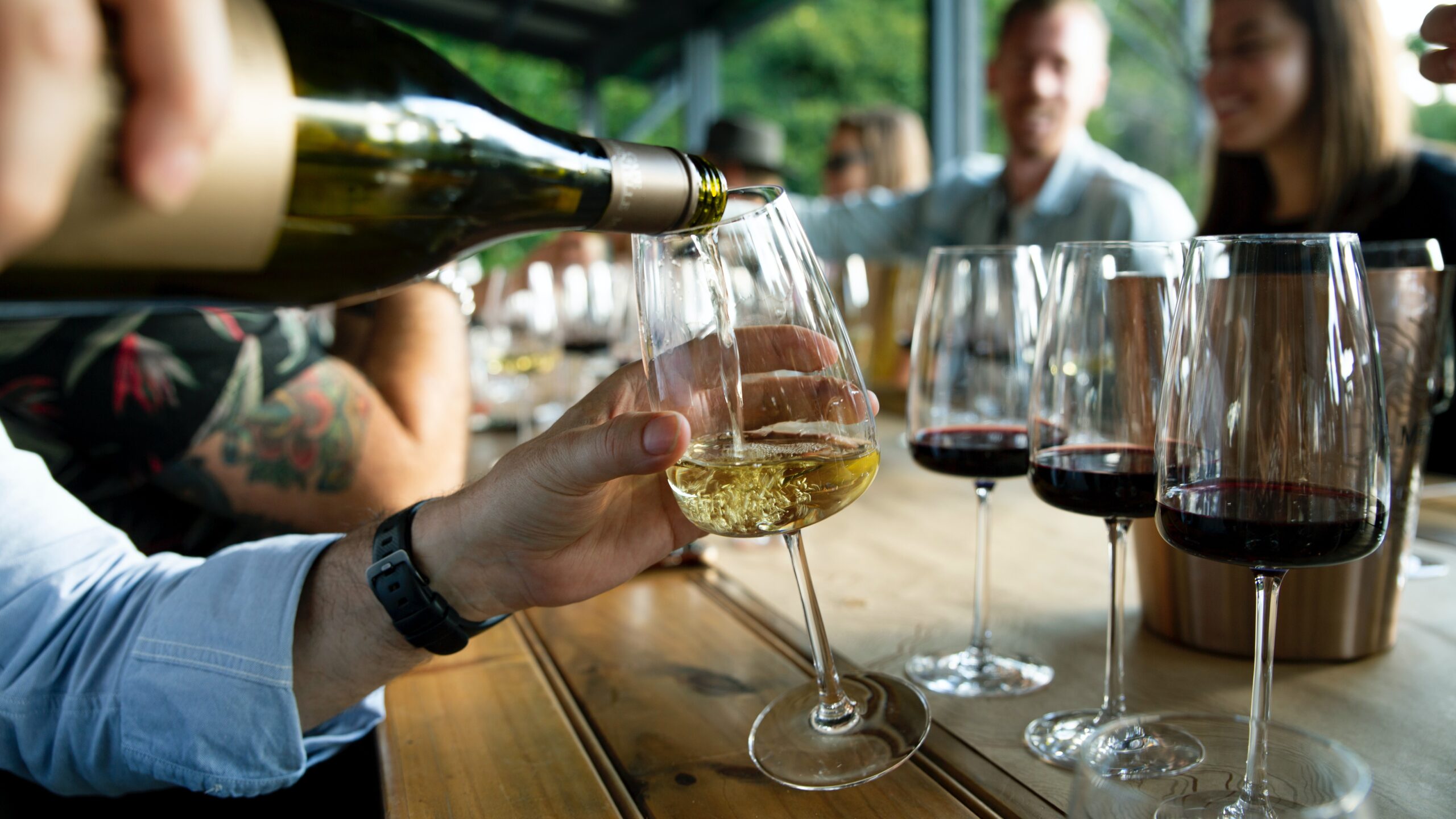
Wine Tasting Guide
Wine tasting as a kind of detailed sensory analysis can add greatly to the pleasure of drinking wine. Taking a wine class with an expert can also hugely advance your skill and pleasure. Remember, you’re on a search for clues and the more you know, the better!
Use a large, clear wine glass. Pour in a bit of wine. Is it relatively opaque or translucent? Do you like the flavors and can you associate them with others you know? Strawberries, violets, plums, preserves, apricots, freshly baked bread, honeydew melon, or even in infamous pencil shavings or petrol. Don’t be intimidated. Let your mind wander through flavor and aromas you recognize, even some you can’t identify straight away. Remember them. Does the wine have notable astringency or a sense of high alcohol? Is it tannic?
Tannins are common plant proteins, including in grape skins; they cause the puckery sensation and sometimes bitter taste found in strong tea. For a red wine (whites usually have no noticeable tannins), how do the tannins feel? Soft? So strong that they obscure everything else? Do you like them (this can be an acquired taste)? Velvety? Harsh? Do they soften with time and aeration of the wine? Remember your impressions.
You may want to detect clues regarding oak contact during winemaking. Many wine regions age wines in oak barrels. If a new barrel was used the oak will have flavored the wine to some degree. Are there hints of vanilla or toast?
Finally, assess the overall balance of the wine and its “structure.” Common wine attributes include its levels of residual sugar (sweetness) and alcohol; its relative “density,” that is, did the winemaker extract lots of flavor and aroma compounds from the grapes, or is it relatively light feeling and not so “strong”? Are the flavors, the tannins, the alcohol, and the overall mouthfeel in harmony, or does one stand out, obscuring your other impressions? Think about how the wine feels in your mouth in terms of shapes and sensations. Round? Harsh? Sharp? Prickly? Puckery? A well balanced and structured wine should leave you happy and impressed. Leave the anxiety of wine tasting in a restaurant (or anywhere else) behind, take a wine class, and embark on a journey of vinous discovery!
